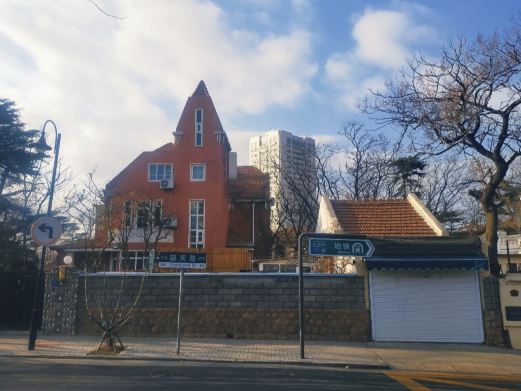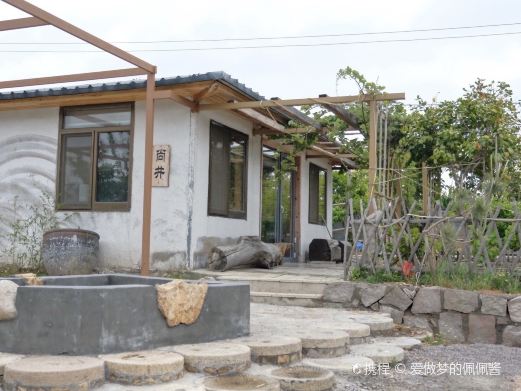The Tianhou Palace, also known as the Mazu Temple or commonly known as the Niangniang Temple. This temple was built in the fourth year of Xuanhe in the Song Dynasty (1122 AD). It is rare in the north and is one of the two earliest Mazu temples in China. The Mazu Temple was established because Fujian and Zhejiang shipowners specially set up a religious place dedicated to praying to Mazu in the courtyard. After being rebuilt and repaired in successive dynasties such as the Yuan, Ming, and Qing dynasties, it gradually formed its current scale. The statue of the Empress of Heaven is in the middle on the dragon pedestal in the warm pavilion. There are four maids in the warm pavilion and four imperial concubines outside the warm pavilion. There are 14 attendants standing on both sides of the hall. Most of these statues are works from the Song and Yuan dynasties. Among them, the four generals are Clairvoyance, Wind Ear, Marshal Wasp, and General White Horse. The eight civil officials are the Dragon Kings of the Nine Rivers, Eight Rivers, Five Lakes, and Four Seas, as well as two attendants of different ages. In addition, there are more than 200 steles, inscriptions, and plaques and more than 300 ship models of past dynasties in the hall. Currently, one of the comprehensive museums related to navigation in China. The Changdao Nautical Museum is located in the Xianying Palace on Miaodao Island. There are eight exhibition rooms. Five themed exhibition halls on Chinese nautical history, Chinese nautical technology history, the origin of navigation, the Memorial Hall of Zheng He, and the historical sites of Tianfei, and one preview hall have been opened. More than 1,000 cultural relics, classics, models, and pictures related to navigation have been collected and exhibited. Among them, the most remarkable is the model of Zheng He’s treasure ship. Its workmanship is exquisite and the carving is extremely realistic. There are only two models of Zheng He’s treasure ship in the world. The specific business hours and opening status are subject to the opening situation on the day.
Must-see tips: According to legend, the Empress of Heaven and Holy Mother surnamed Lin and named Mo. She is from Putian, Quanzhou, Fujian Province. She was born on the 23rd day of the third lunar month in the first year of Jianlong in the Song Dynasty. Because she didn’t cry or make a sound for a whole month after she was born, her father named her ‘Mo’. It is said that when Lin Mo was 7 years old, she was already quite familiar with water and was especially good at medical skills. She often treated the villagers and shipowners without charging money and was highly respected by the villagers. When Lin Mo was 17 years old, a merchant ship was in distress. Seeing many people falling into the water, she threw grass and turned it into wood, enabling the fallen to survive by getting wood. Therefore, she was praised as a goddess. Lin Mo never married in her life. Later, she died of illness on the ninth day of the ninth lunar month in the fourth year of Yongxi in the Song Dynasty (987 AD) at the age of 28. The villagers remembered her virtue and kindness and built a temple for her on Meizhou Island, named the Temple of Lin’s Filial Daughter. According to historical records, Lin Mo was canonized by emperors of successive dynasties for 28 times until she became the Empress of Heaven and Holy Mother. Today, there are more than 200 million Mazu believers all over the world, mainly distributed on both sides of the Taiwan Strait, Southeast Asian countries, South Korea, Japan and other places. There are more than 1,500 Mazu temples on the Chinese mainland. Mazu has become the goddess of peace for communicating cross-strait relations. And probably only these two temples on Meizhou Island and Miaodao Island were built before the Northern Song Dynasty.Changdao Nautical Museum
The Tianhou Palace, also known as the Mazu Temple or commonly known as the Niangniang Temple. This t[...]









